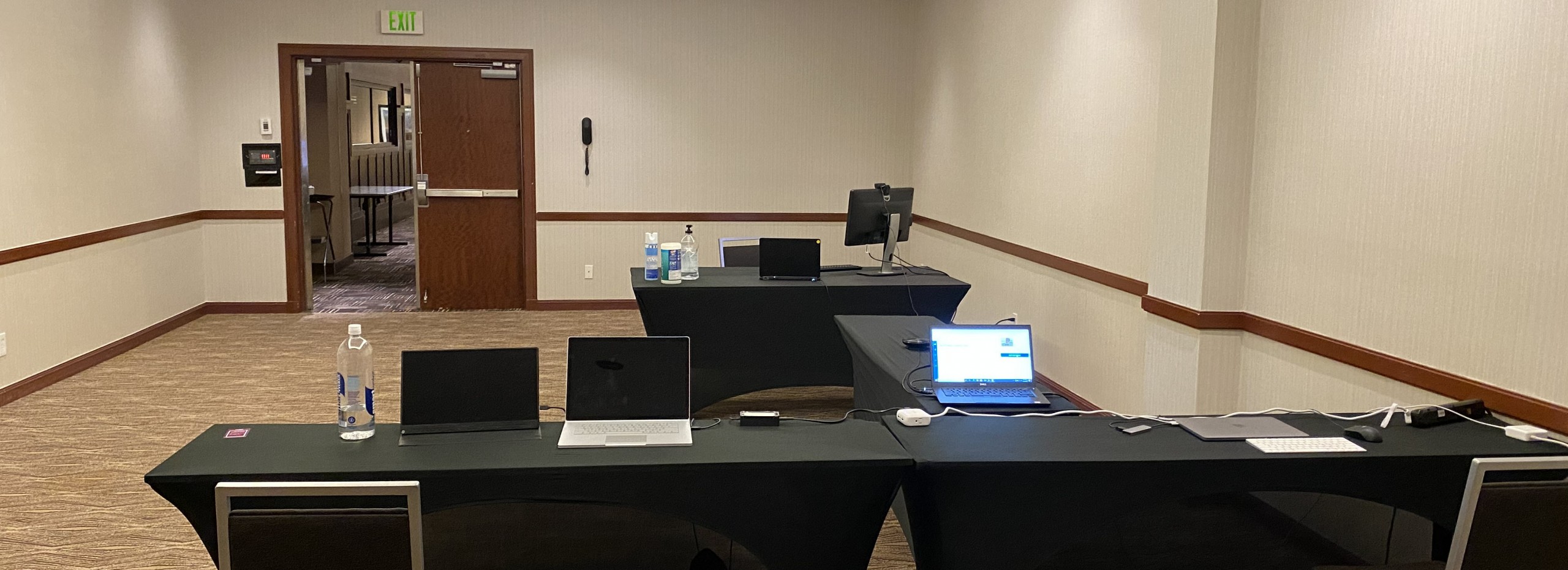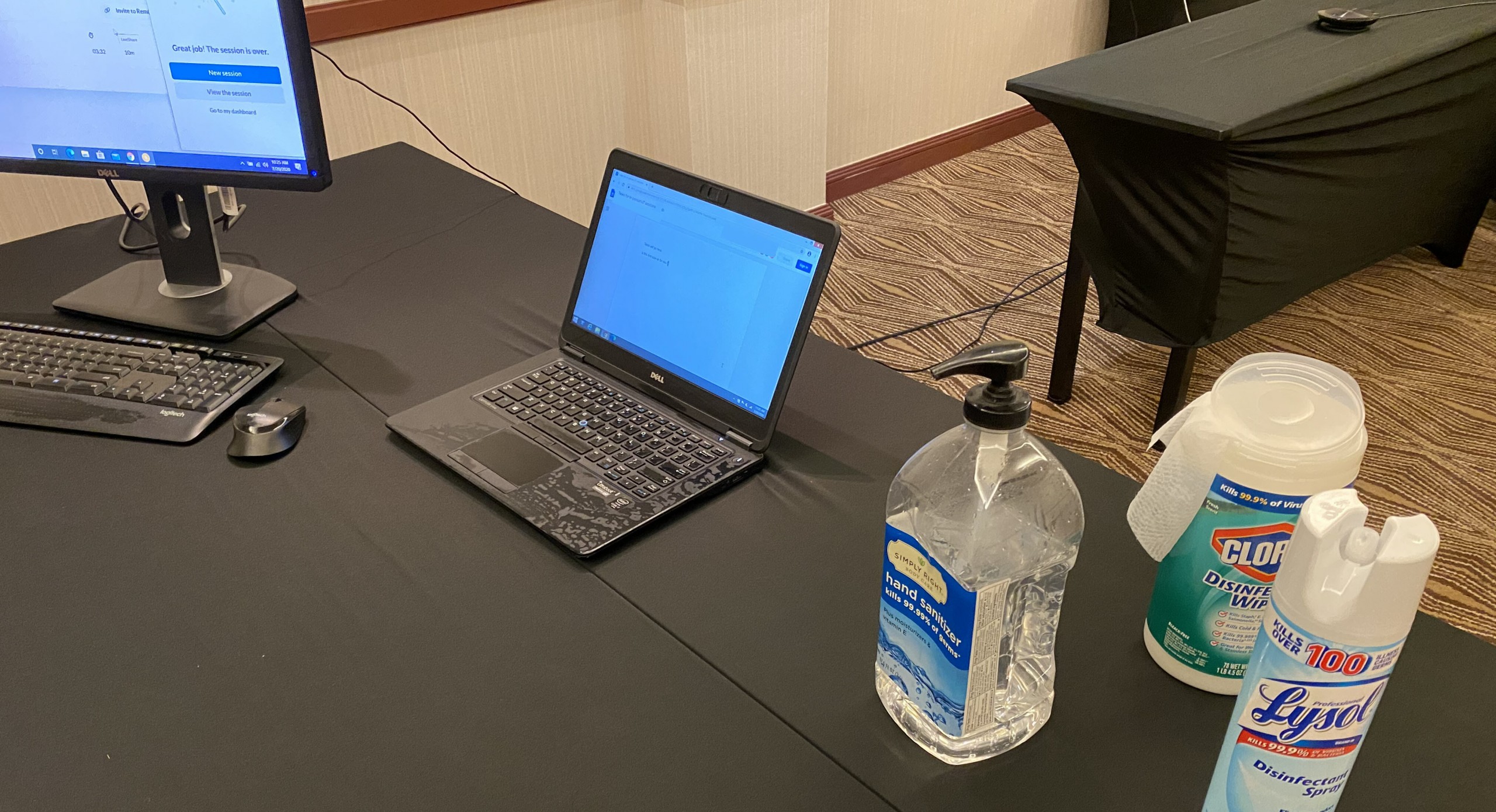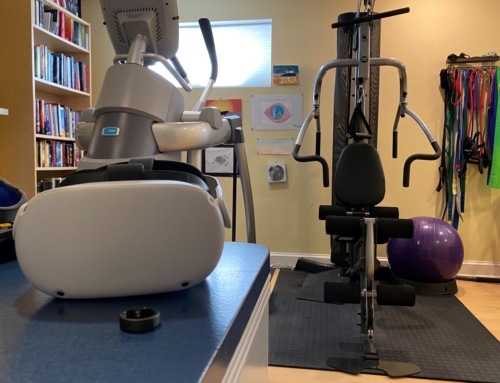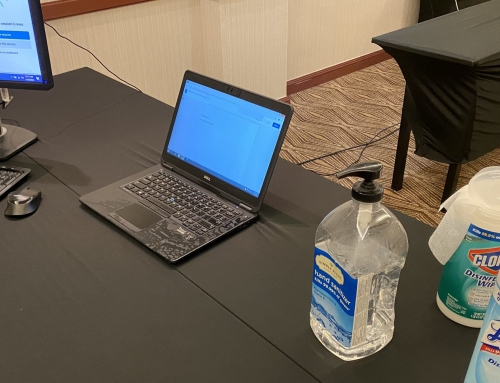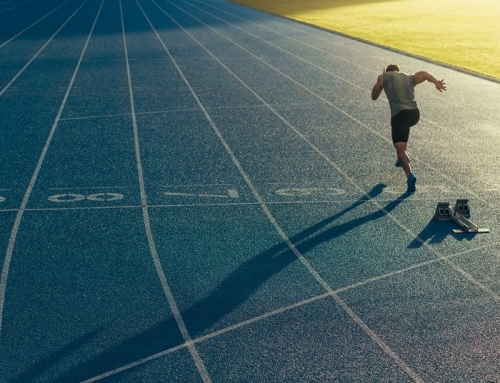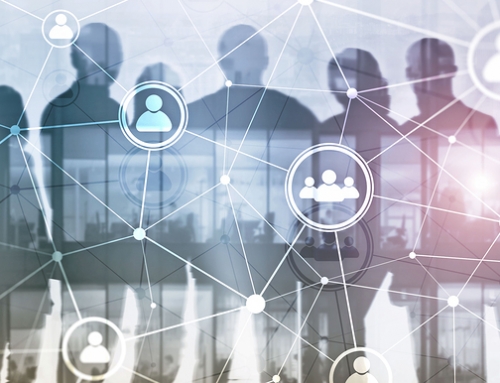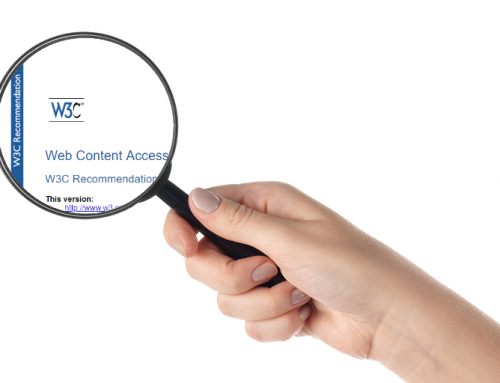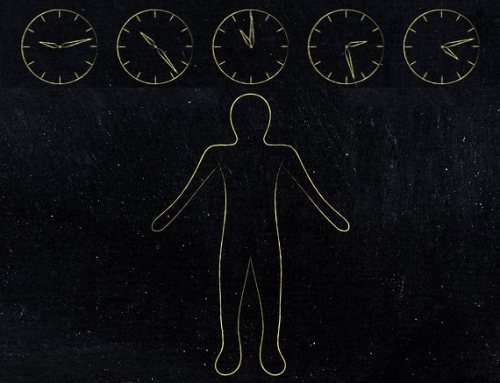Last week, I talked about why I made the decision to accept in-person UX research again even during the Covid-19 pandemic. Now in part two, after two weeks of in-person research, I’ll go through my first pass at best practices for conducting individual research sessions in the hope that this can be useful for others who may have already decided to also resume in-person research. These are, of course, ever evolving as external constraints – laws, norms and knowledge about the virus – continue to evolve as well.
Additionally, I’ll reiterate what I said in the first post: No matter what, only do what you feel comfortable doing within the bounds of both laws and norms and make sure that study choices don’t make anyone else uncomfortable being involved – inclusive of your team, your stakeholders and your participants!
“Wow, you guys take social distancing very seriously!” – Participant upon entering room and noticing 12+ feet of social distance
Recruiting / facility
Locate a facility that seems to have space and not too many people inside. This might be surprisingly easy considering how much work is still going on remotely. For this same reason, facility costs are likely going to be reduced at present.
Consider recruiting and facility contract flexibility just in case studies must be made remote later on for legal or other evolving reasons, and figure out in advance what the cost of the change would be.
Provide both in-person and remote recruiting criteria within the screener.
Consider whether the stakeholders would permit a hybrid approach where some participants are remote and others are in-person. Even if remote ends up being less effective than the in-person sessions, this mix would allow any individuals who are particularly uncomfortable or are high-risk to stay home.
Build in Covid-related questions asking about a potential participant’s health over the past two weeks. Ask about this upon initial recruit, during a prior-day reminder call and consider including this in the consent form as well.
Screen for acceptance of following all mask laws and ask participants to bring their own masks but consider providing a few disposable masks just in case.
Consider sending consent forms electronically in advance to avoid sharing pens.
Travel
If you do have to travel for the research, consider whether driving is feasible even if you’d normally fly.
If driving is not feasible, consider airline approaches to safety. At this time, looking at four major domestic airlines around me, Delta and Southwest will only put two people in a three-seat row while American and United will fill all three.
Wait to book flights as long as it makes sense or book fully refundable fares, although at present it seems that most airlines are allowing changes with only a difference in fare and no change fee.
Because it’s classified as a pandemic, be aware that travel insurance may not cover you if you get sick or have to quarantine. Consider policies and contracts. In my case, I’m now requesting a $3,000 travel allowance in contracts – to only be used for some reason directly or indirectly related to Covid-19. As long as I remain domestic (which is all that I’m willing to do that this time), health costs themselves are covered by regular health insurance so this is really for a situation of getting quarantined somewhere for two weeks.
It’s always good to pack extra food with you for travel days, but this is extremely important now. Expect a lot of things to be closed at airports.
Do your homework in advance to understand what is going to be open in any given location. Make sure that your hotel room has a fridge and perhaps a microwave, and even if you regularly eat out on work travel, expect to do regular grocery shopping. You might end up eating more healthfully this way anyway!
In-person research
Check with the designated facility on what they are doing for Covid-19 sanitation in advance so you know what you need to bring and do.
Provide hand sanitizer for both yourself and participants if not already provided by the facility.
Provide sanitizing wipes for equipment if not provided by the facility and plan to wipe down computer equipment between sessions.
Structure the room for social distancing so that the participant does not need to ever be closer than 6 feet. (In my case, I allowed for 12+ feet of social distance from the participant.)
Provide a spare no-touch laptop or tablet where participants will be able to see tasks and anything you might otherwise show them in hard copy so that they don’t all touch the same paper. I found that a shared Google doc worked well.
Stream sessions remotely, not only to a second room but off-site so that any observers who really want to watch in-person can do so (with a presumed socially distanced setup) but the number of observers can be kept at a minimum since others can observe remotely.
Use a high-end microphone that can stream/record effectively when the moderator and participant are far apart. I have a ~$180 JabraSpeak microphone that I previously used only for focus groups. It works wonderfully for socially distanced mask-wearing sessions.
Consider less sessions per day if feasible. Moderating a session with a mask and social distancing means talking extra loudly to articulate, which I found strained my voice when I moderated all day.
Think about ventilation. Keep doors open if at all possible in an open and well ventilated space
Consider research outside or significant outside airflow – I haven’t yet attempted this but just read an article about how in the 1918 pandemic, schools were constructed in an open-air way in order to avoid the flu. Maybe this is possible for research too. It seems that when in a place where outdoor temperatures are manageable, some kind of open-air pavilion, perhaps with a roof but lots of air flow as well as WiFi and power, could work. It would be important to manage sun glare and make sure that the setting would be able to work if weather turned out to not be as anticipated.
Sample room configuration in a rented hotel conference room
Pictured above:
Room overall
- Spacious rented hotel conference room with an open door.
Distancing
- Moderator and logger are at least 6 feet apart (although logger can also be in another room or off-site if that makes more sense)
- Participant is 12+ feet from moderator and logger and never gets closer than that upon arrival or departure.
Technology
- Laptop that is currently on (which can be seen by the moderator and logger) is mirrored on a separate participant monitor 12+’ away along with a wireless mouse and keyboard
- Jabra microphone positioned mid-way between moderator and participant
- Participant uses stand-alone monitor with wireless mouse and keyboard, however a separate no-touch laptop is only used for showing tasks to participants (via a shared Google doc)
- Large monitor for participant is positioned at an angle so it doesn’t block the moderator and participant’s views of each other
Sanitation
- Pictured below, sanitizing supplies are kept by the participant setup for convenience and ease of use as well as to let the participant know that these are used.
Other ideas?
Anything else that you’re doing when conducting in-person research? I’m very interested to hear! Please post your ideas in the comments below!
Want some background? Check out Part 1:
Yes, I’ve again starting doing in-person UX research in the age of Covid-19
